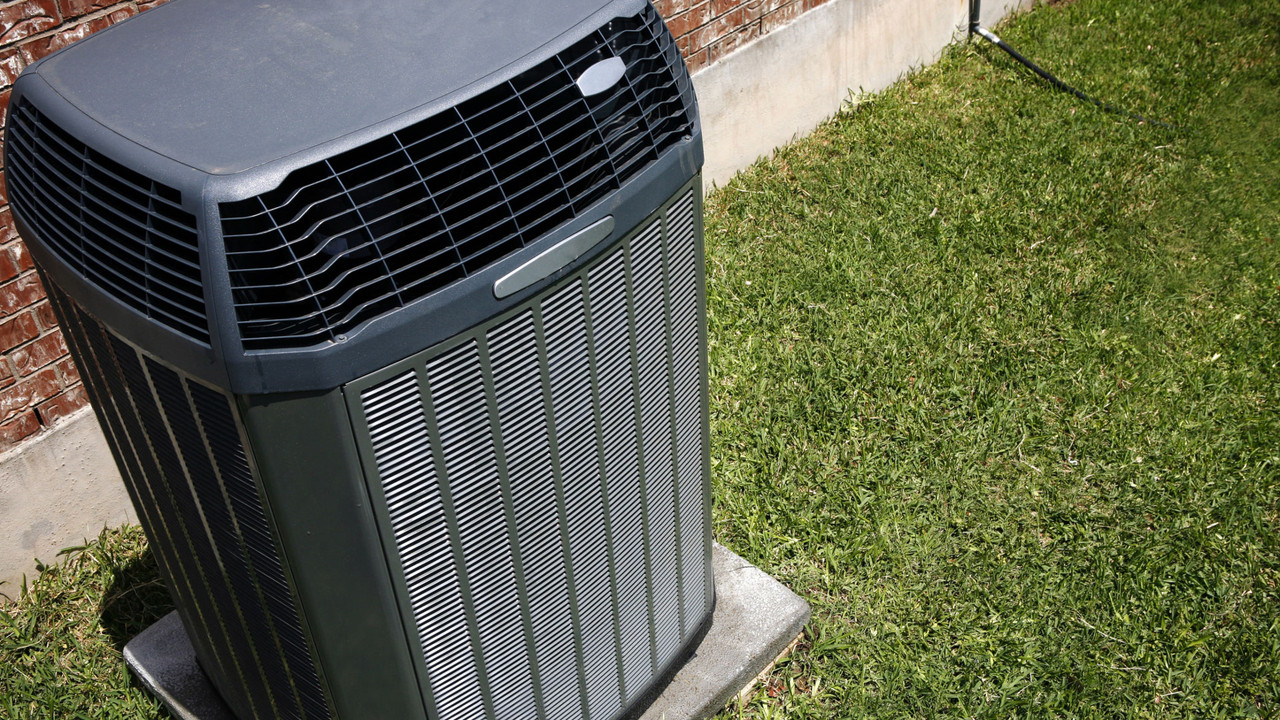
Don't let your AC blow your money away. Utilize these pointers and pay less to cool your home this summer season.
Running the air conditioning can make an electrical energy expense skyrocket, but the alternative isn't quite, either. Thankfully, there are a few ways that you can assist your air conditioning unit run better and conserve you cash as the summer season progress.
Given up cooling the community
If your house isn't brand new, the cold air inside it is most likely permeating out into the area through used door and window seals, an inadequately insulated attic and other sly cracks.
To see how well your home is keeping in the cold, sign up for a home energy audit with your utility company or a regional specialist. A licensed home energy rater or auditor will check your house for leaks and suggest the very best method to make your house more energy efficient.
Do not desire to spring for an audit? Do a mini-audit yourself. Stand outside your home and run your hand along doors and windows. Can you feel the cold air escaping? If you do, caulk around leaking air conditioning contractors edmonton windows and include insulation around doors.
Make an upgrade
If you haven't upgraded to a wise thermostat-- such as Ecobee, Lyric, Lux or Nest-- it's time to make a change. Smart thermostats can regulate cooling and heating when you're not house to save cash. Plus, you can change the settings from another location using an app on your phone. Some even work with Amazon Alexa, Samsung SmartThings, Apple HomeKit,
Wink, Google House and other smart home platforms. Here are the very best wise thermostats of 2017 to assist you make the very best decision for your home.
Make certain your thermostat is on the ideal wall
Thermostat positioning can play a huge part in how well your air conditioner works. If you put it on a wall right next to a hot window, for example, your a/c will kick on far more frequently than it requires to because it will believe the space is hotter than it in fact is. Here's how to choose the perfect wall for your thermostat.
Close the blinds
A window letting in the hot sun will not simply heat up your thermostat, it'll warm you up too. During the warmest part of the day, close your window blinds and stay out the sun. It can also help insulate your windows, which stops the cold air from leaving.
In some cases you do not need to amp up the thermostat to feel cooler. According to the National Resource Defense Council (NRDC), utilizing a ceiling fan can make a room feel 10 degrees cooler and utilizes 10 percent of the energy of a central air conditioning conditioner.
If you want to get modern, you can set up smart ceiling fans that connect to an app. You can arrange the times when these fans turn on and off, and you can manage their speed without standing on your tiptoes.
Raise the temperature
Lots of people think that leaving the a/c unit at the very same temperature when you leave the house saves money because the Air Conditioner will not need to work as hard to recool the home. This isn't the case. NRDC senior energy policy advocate Lauren Urbanek states that the most low-cost way to use your air conditioner is to turn the thermostat up when you leave your house.
Cooling systems run most efficiently at complete speed during longer time periods. So kicking it on a lower temperature level when you get home will conserve you more money than the AC biking on and off while you're away.
A programmable thermostat can make it extremely easy to keep your Air Conditioner at the right temperature. You can configure the unit to work at higher temperature levels while you're at work and cool off right before you get home.
Setting low is a no-go
Always set your thermostat to the highest temperature you can stand to conserve the most money. Even a small change in the temperature can conserve you huge bucks.
You can conserve 10 percent a year on your cooling costs by setting your thermostat just 10 to 15 degrees greater for eight hours every day, according to the Nebraska Energy Office. The US Department of Energy advises intending for an indoor temperature of 78 degrees F when you're at house.